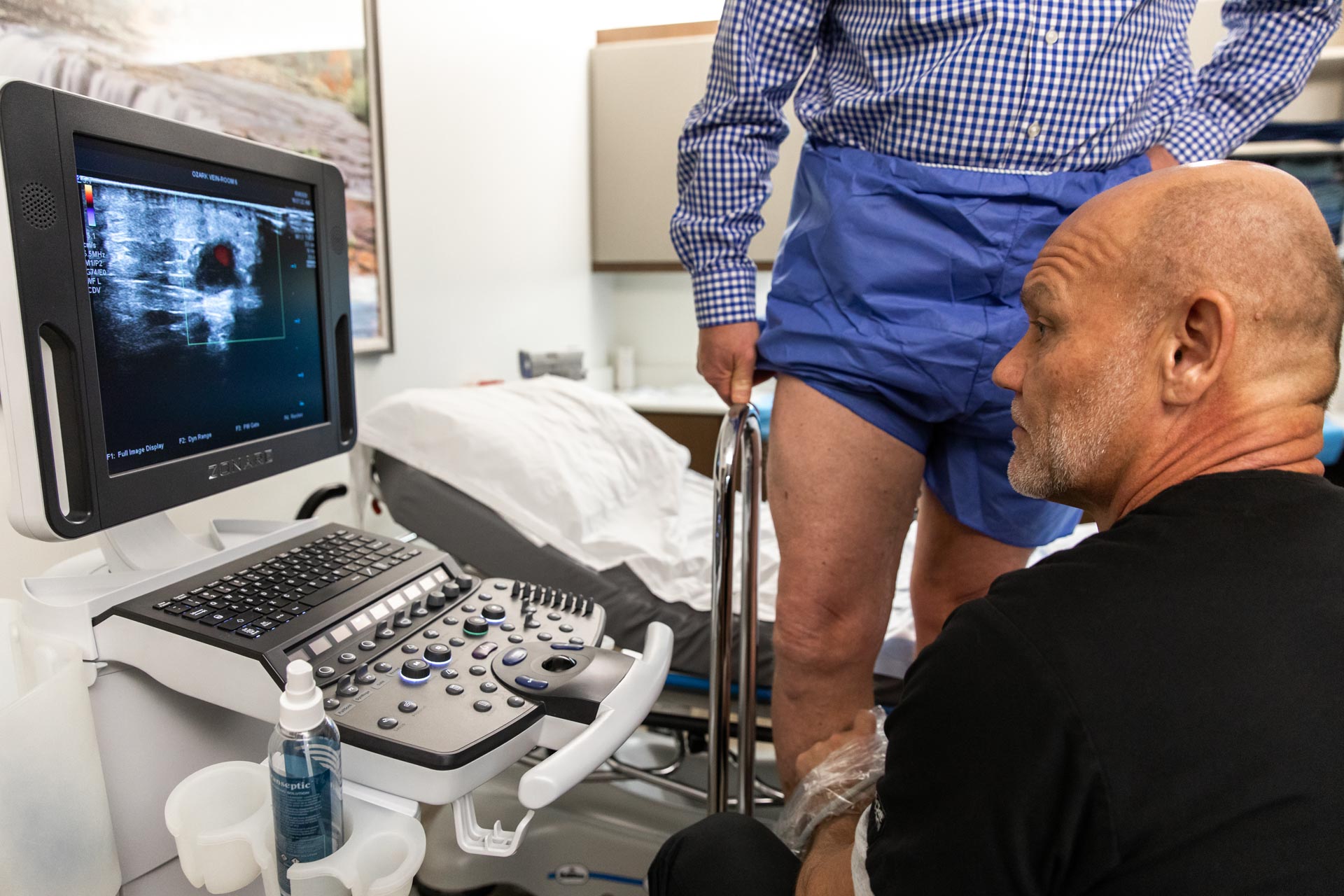Lots of our patients have questions about DVT. And as any medical professional will tell you, understanding the risks can help patients better monitor their health. At Ozark Regional Vein & Artery Center, we want to help patients stay as informed as possible.
For patients looking for more information about DVT treatments in Rogers, here are the most frequently asked questions we receive about DVT. What causes deep vein thrombosis? Why is DVT Dangerous? What are the symptoms? We cover it all!
If you have a question you don’t see the answer to, we encourage you to call us or schedule a consultation! We will work with you to provide the treatment and care you need while educating you about your vein & artery health.
What causes deep vein thrombosis?
Deep vein thrombosis (DVT) occurs when a thrombus (blood clot) develops in veins deep in your body—typically your legs, thigh, or pelvis. This can happen for various reasons but is most often a result of a vein injury or slowed blood flowing through your veins. The blood clots may wholly or partially block blood flow through your vein unless targeted by DVT treatments.
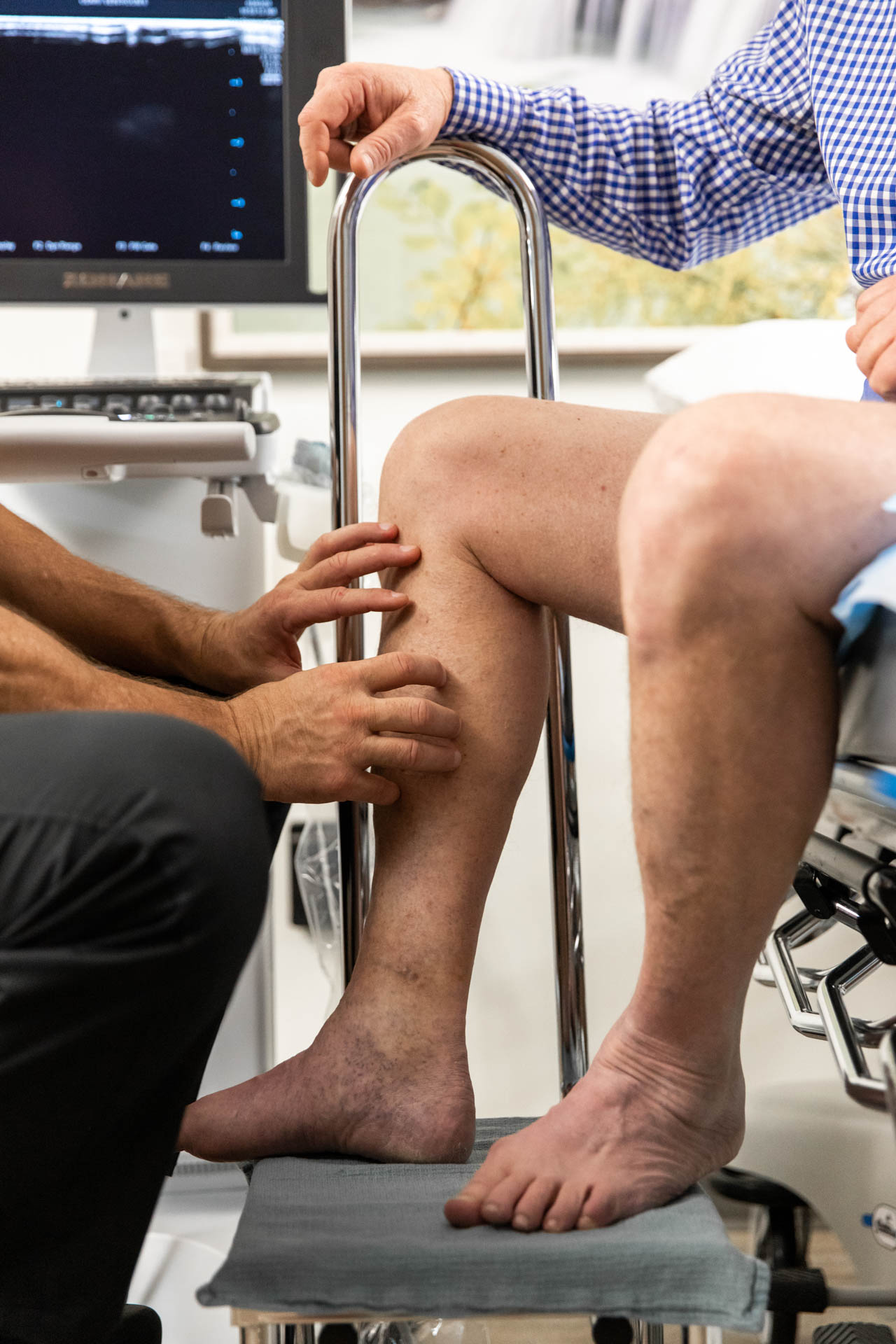
These conditions can increase your risk of deep vein thrombosis:
- Inherited conditions that increase your risk of blood clots
- Family history
- Physical injury
- Recent surgery
- Inactive lifestyle
- Prolonged immobility
- Pregnancy
- Age
- Overweight/Obese
- Tobacco use
- Existing varicose veins
- Taking birth control
- Using a pacemaker
What makes DVT dangerous?
Even though DVT itself is not life-threatening, the blood clots have the potential to break free and travel through your bloodstream. A pulmonary embolism (PE) happens when the traveling blood clots get lodged in your lung’s blood vessels. Since this can be a life-threatening condition, you need a quick diagnosis and treatment.
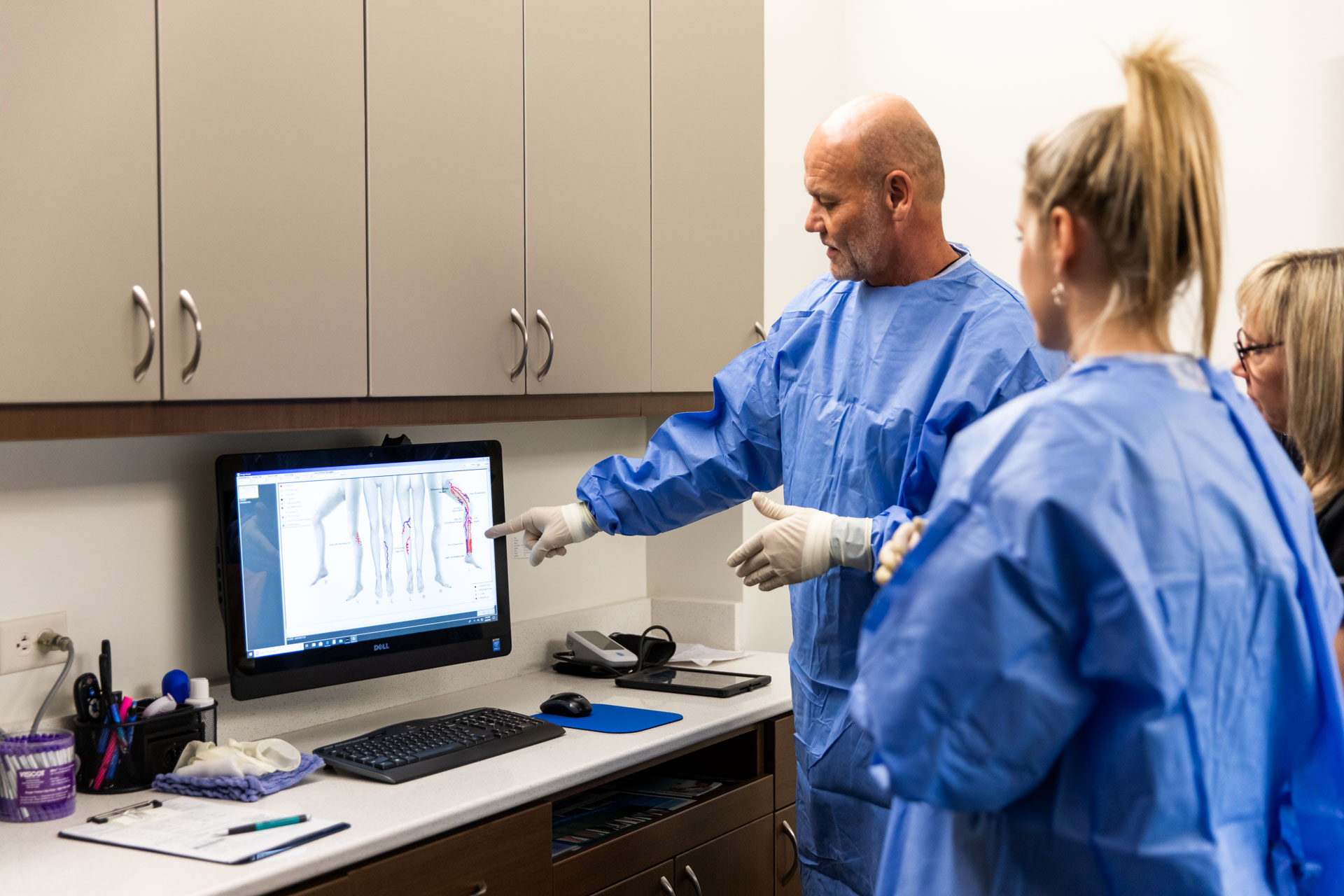
Individuals who contract DVT but do not receive treatments will often experience leg pain and swelling. These symptoms happen because of damage to your veins’ valves and inner lining, leading to blood pooling more than it should.
Notable complications of DVT include:
- Pooling of blood
- Chronic leg swelling
- Increased pressure within your veins
- Increased pigmentation or discoloration of your skin
- Leg ulcers
How common is deep vein thrombosis?
It’s the third most common vascular disease, behind heart attacks and strokes. Acute DVT/PE can occur at any age but is less common in children and adolescents and more common in those over 60.
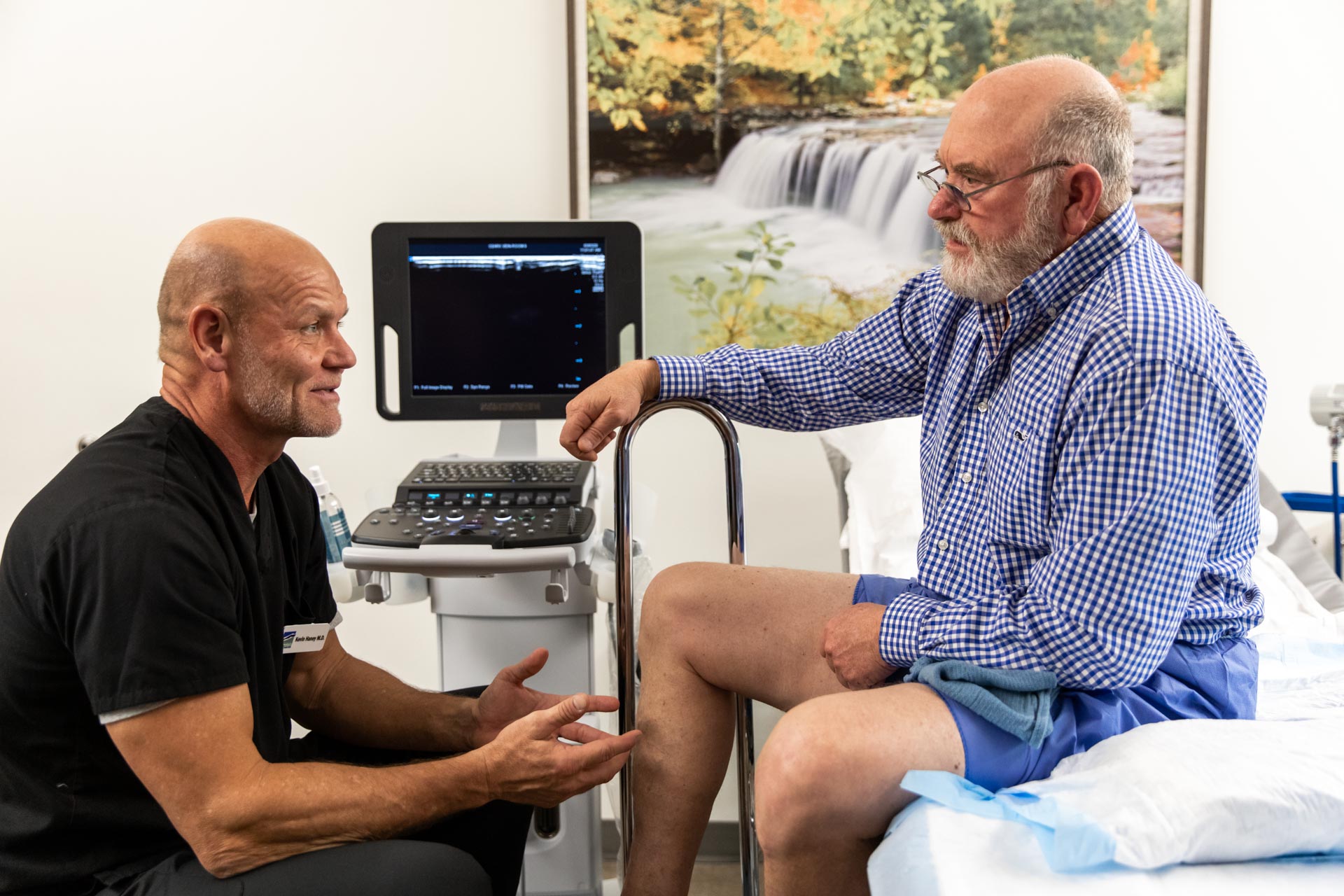
More than half of DVTs happen due to being in the hospital or following surgery. This is because you’re likely lying in bed instead of moving around.
How long does a DVT take to develop?
A Provoked DVT (a DVT that forms as the result of physical trauma or a triggering event, like long-distance travel or surgery) can take 1-4 weeks to develop. DVT can exist in your veins for months or years before it is detected, meaning it’s often difficult to determine when DVT formed. However, if you are at risk of DVT, it’s important to monitor your health following possible triggering events.
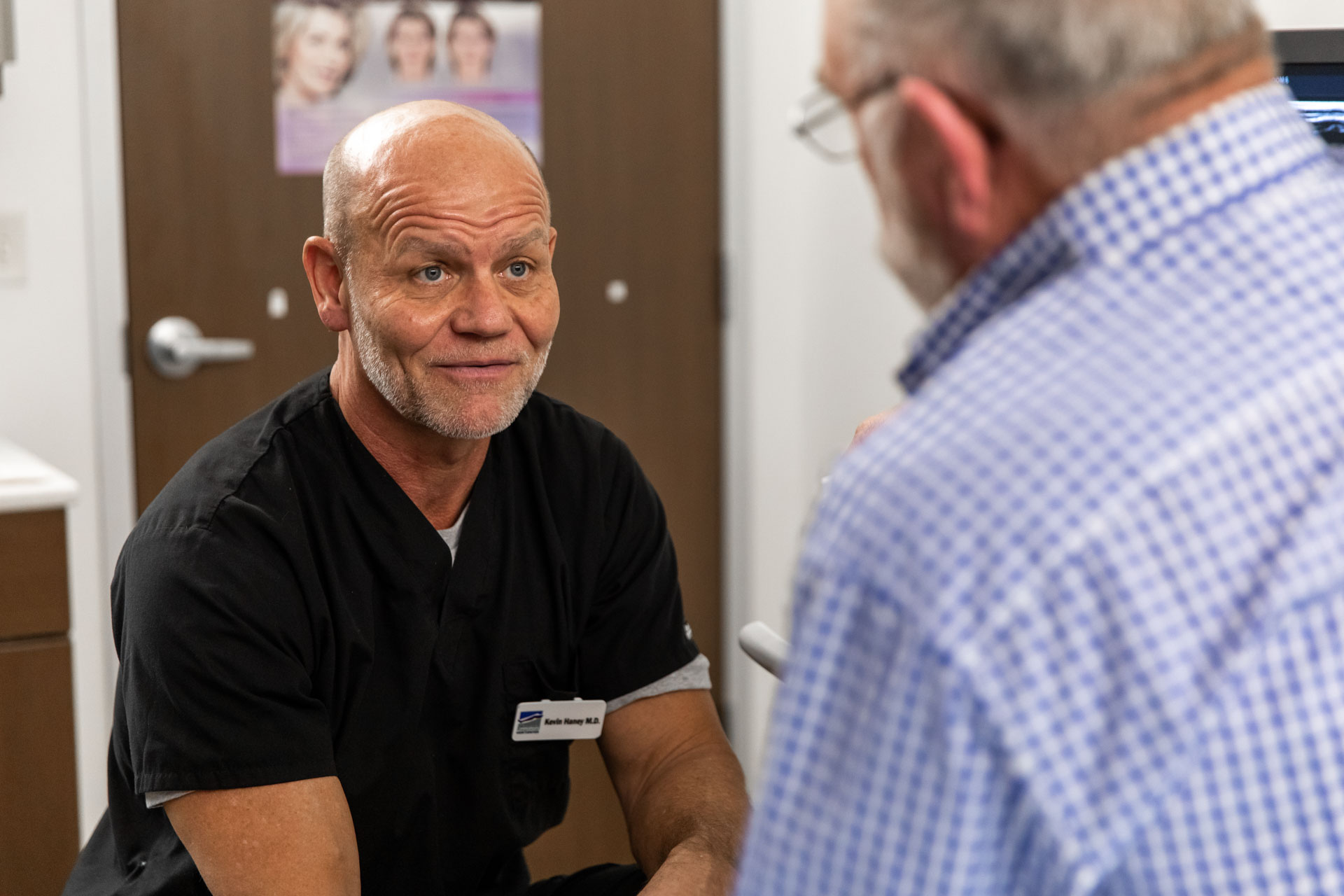
Events that can trigger Provoked DVT include:
- Hospital admission
- Surgery
- Injury
- Long periods of sedentary activity
- Road trips
- Airplane travel
Unprovoked DVT (DVT that forms without a clear triggering event) usually develops at the same rate but is significantly harder to predict. That is why regular screening is important.
Does DVT have symptoms?
A DVT usually forms in the veins of your legs or arms. Many patients have difficulty identifying DVT symptoms since they’re barely noticeable. But symptoms that do show up often don’t raise concern immediately.

Possible DVT symptoms you should make sure to look out for include:
- Swelling of your leg or arm (sometimes, this happens suddenly).
- Pain or tenderness in your leg or arm (may only occur when standing or walking).
- The area of your leg or arm that’s swollen or hurts may be warmer than usual.
- Skin that’s red or discolored.
- The veins near your skin’s surface may be larger than normal.
- Abdominal or flank pain (when blood clots affect the veins deep inside your abdomen).
- Severe headache (usually of sudden onset) and/or seizures (when blood clots affect the veins of your brain).
Some people don’t know they have a DVT until the clot moves from their leg or arm and travels to their lungs. Symptoms of acute PE include chest pain, shortness of breath, cough with blood, lightheadedness, and fainting.
It’s critical to call your doctor right away or go to the emergency room if you have symptoms of DVT/PE. Don’t wait to see if your symptoms go away. Get any necessary treatments for blood clots in Rogers right away to prevent serious complications.
Turn to the Ozark Regional Vein & Artery Center for DVT care and support.
Whether you want to learn more about what causes deep vein thrombosis, or are just looking for additional information, come to the Ozark Regional Vein & Artery Center! Our experience and growing suite of care options allow us to guide you toward lasting wellness solutions for a happier, healthier life.
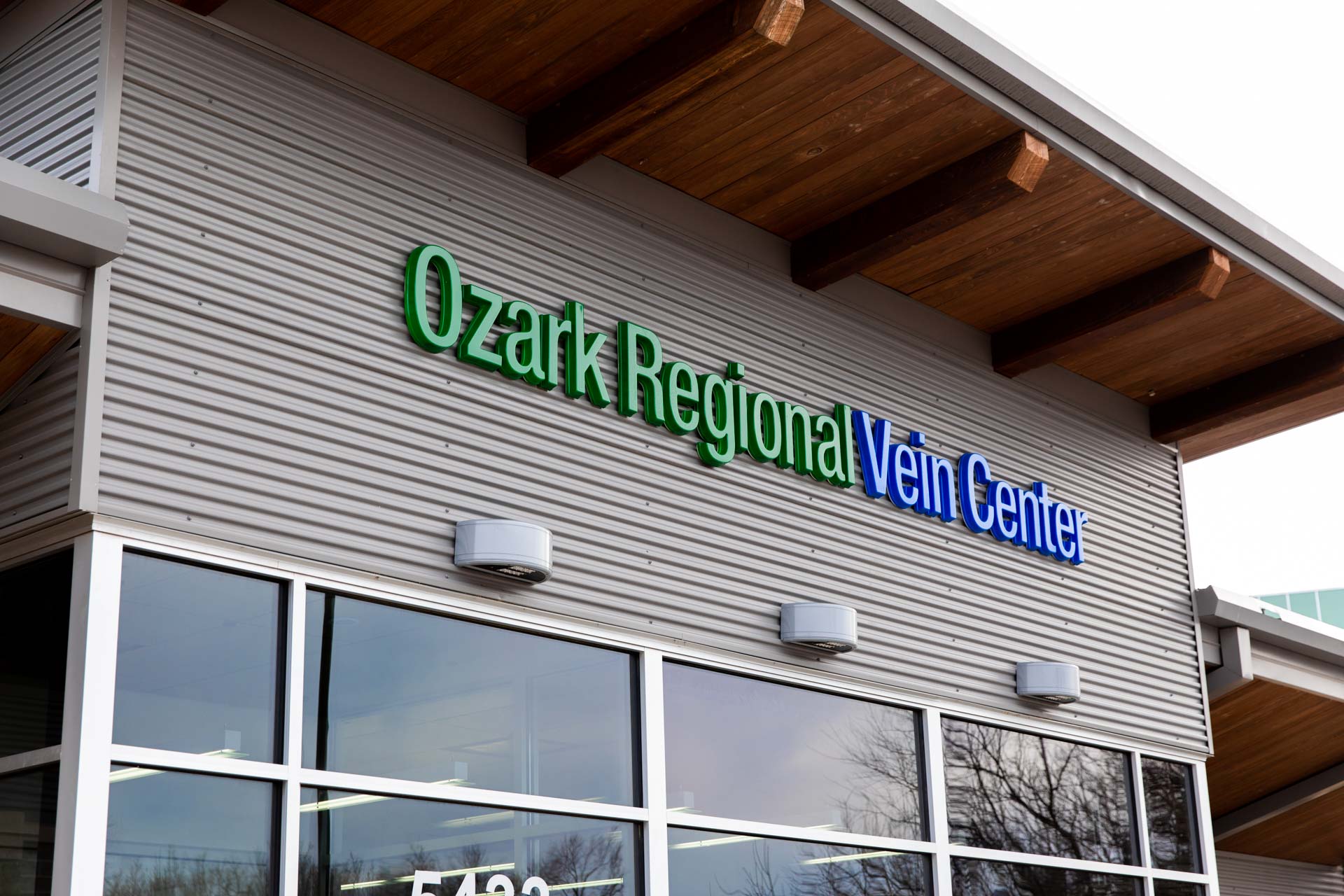
We are a premier practice in Northwest Arkansas for the highest-quality vein treatments. Dr. Haney, Dr. Stout, and the expert staff have over 500 years of combined experience in the industry. Patients come to Dr. Haney from all over Northernwestern Arkansas, from Fayetteville to Bentonville, to ensure they receive the best concierge-level care and leg vein procedures.
Take the first step on the road to recovery with our Virtual Vein & Artery Screening Quiz, or schedule a consultation!

